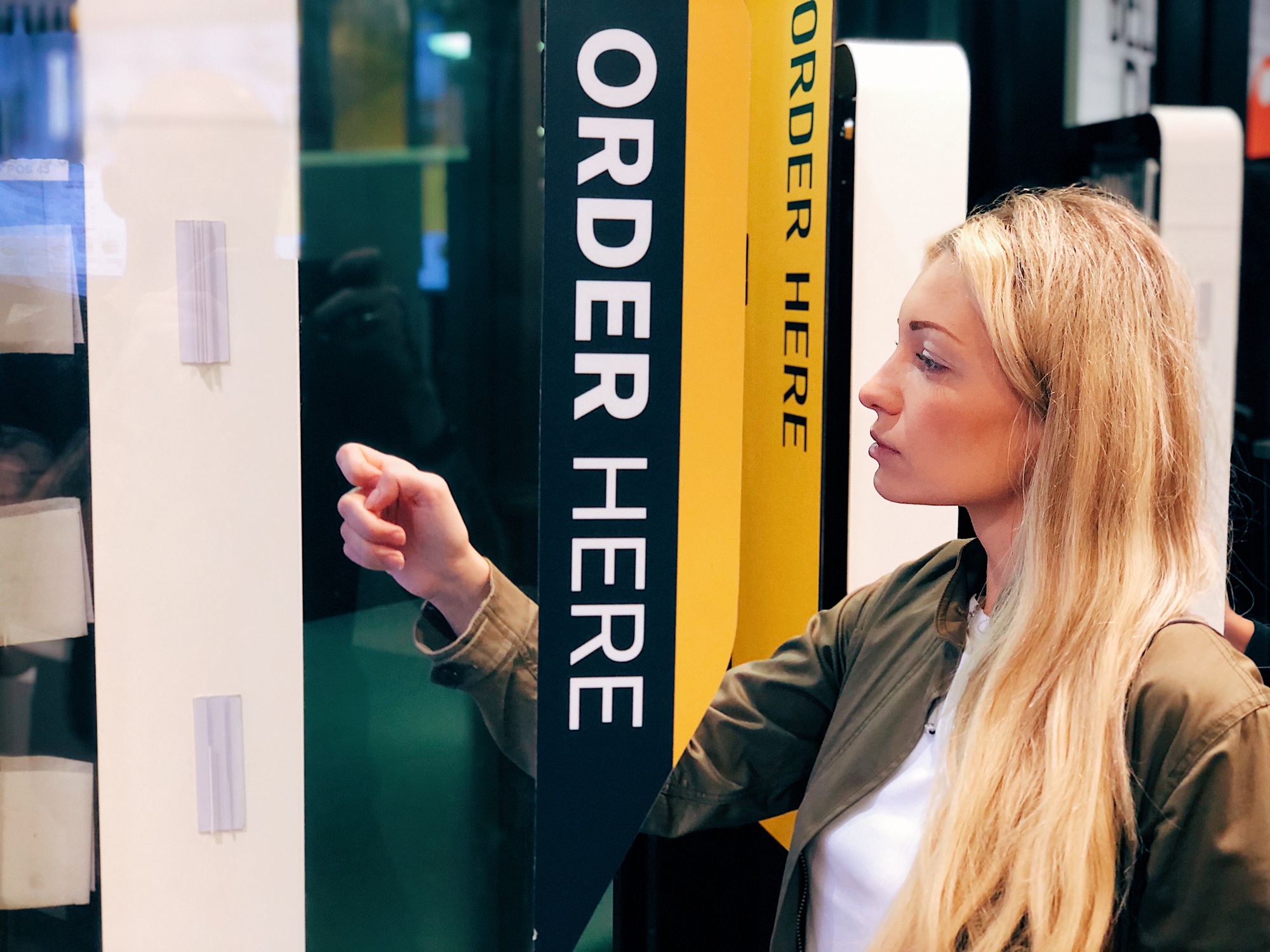McDonald’s is stepping into the future with a bold new initiative to integrate artificial intelligence across its 43,000 locations worldwide. This groundbreaking move is set to speed up service, improve order accuracy, and enhance the overall customer experience—all while transforming back-end operations and paving the way for a smarter, more efficient fast food industry.

A New Era of Fast Food Innovation
McDonald’s has built its reputation on efficiency and consistency, and its latest AI rollout takes that legacy to the next level. By deploying cutting-edge technologies, the fast food giant is not only streamlining order processing in both drive-thru lanes and in-store environments, but also preparing to redefine customer engagement through personalization and real-time responsiveness.
How AI is Transforming Operations
Rapid, Accurate Order Processing
At the core of this transformation is a suite of AI-powered systems designed to understand and process orders with remarkable speed. Advanced voice recognition and natural language processing enable drive-thru kiosks to interpret customer orders accurately—even in noisy conditions—minimizing errors and reducing wait times.
Intelligent Self-Service Kiosks
The traditional self-service kiosk is getting a smart upgrade. Now, these kiosks leverage machine learning to learn from previous interactions, suggesting menu items tailored to local tastes and individual preferences. This not only expedites the ordering process but also enhances the overall dining experience through personalized recommendations.
Predictive Analytics and Inventory Optimization
Behind the scenes, AI is busy optimizing operations. Predictive analytics forecast peak service periods, allowing McDonald’s to adjust staffing in real time. Additionally, AI-driven inventory management predicts demand for specific menu items, reducing food waste and ensuring that kitchens are always prepared for rush hours.
Integrating Computer Vision and IoT
In the kitchen, computer vision systems paired with IoT sensors monitor cooking processes and equipment health. These technologies predict potential equipment issues and schedule proactive maintenance, ensuring high standards of food quality and safety while keeping operations running smoothly.
Impact on Customer Experience
Faster, Smoother Service
The primary benefit of AI integration is a significant reduction in wait times. With more efficient order processing and improved kitchen operations, customers can expect their meals to be prepared and served faster than ever before.
Personalized Interactions
AI’s ability to analyze past purchase data means customers receive tailored suggestions that suit their individual tastes. This personalization not only enhances the dining experience but also encourages repeat visits and increased customer loyalty.
Seamless Digital Integration
By uniting digital channels with in-store experiences, McDonald’s is creating an omnichannel environment. Whether ordering through a mobile app, at a kiosk, or via the drive-thru, customers enjoy a consistent and seamless experience every time.
Transforming the Workforce
Augmenting Human Expertise
McDonald’s emphasizes that the aim of AI is to enhance human capabilities, not replace them. Routine tasks are automated, allowing employees to focus on customer service and problem-solving, where the human touch remains invaluable.
New Career Opportunities
The AI rollout is also creating new roles in system management, data analytics, and digital customer service. McDonald’s is investing in comprehensive training programs to help staff transition into these emerging positions, ensuring a smooth blend of technology and human expertise.

Frequently Asked Questions (FAQs)
Q1: What benefits does AI bring to McDonald’s?
AI streamlines order processing, reduces wait times, and improves order accuracy. It also enhances the customer experience by providing personalized menu suggestions and optimizing inventory management behind the scenes.
Q2: Which technologies are powering McDonald’s AI initiative?
McDonald’s leverages a mix of advanced voice recognition, natural language processing, machine learning, computer vision, and IoT integration. These technologies work together to create a responsive, efficient, and personalized ordering system.
Q3: How will the AI rollout affect McDonald’s workforce?
Rather than replacing employees, AI is set to automate routine tasks, enabling staff to concentrate on customer service and problem-solving. The initiative is also expected to create new roles in areas such as system management and data analytics, with comprehensive training programs in place to support this transition.
Conclusion
McDonald’s AI revolution marks a new chapter in the fast food industry. By integrating advanced technologies across its global network, McDonald’s is not only enhancing operational efficiency but also delivering a smarter, more personalized dining experience. This transformation underscores a broader trend toward digital innovation in the fast food sector, promising exciting developments for customers and employees alike as the new era unfolds.
Sources New York Post


